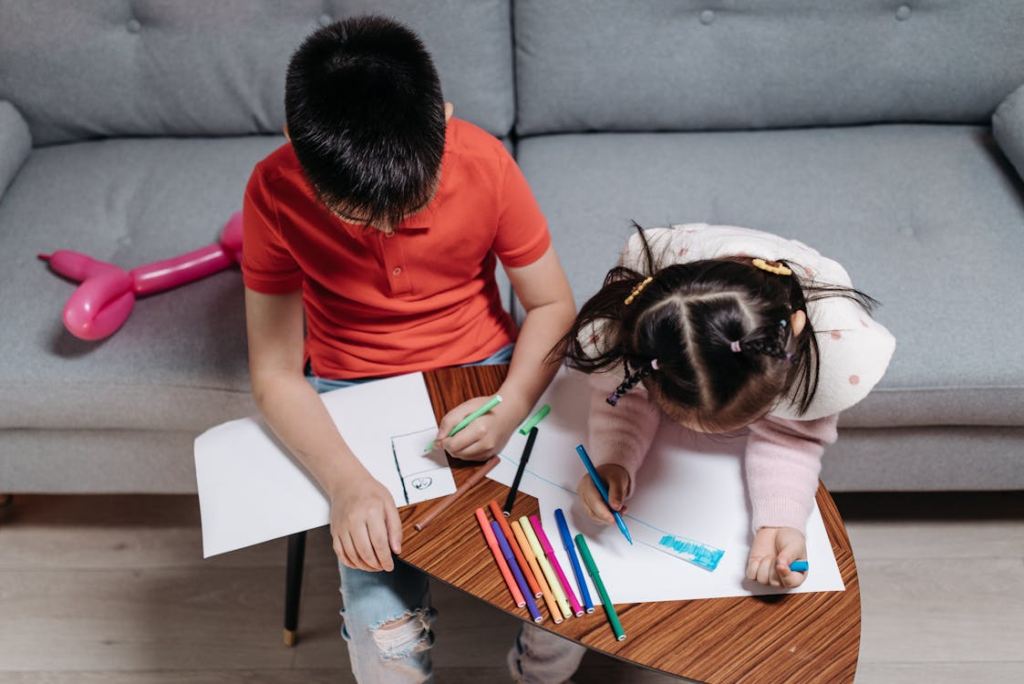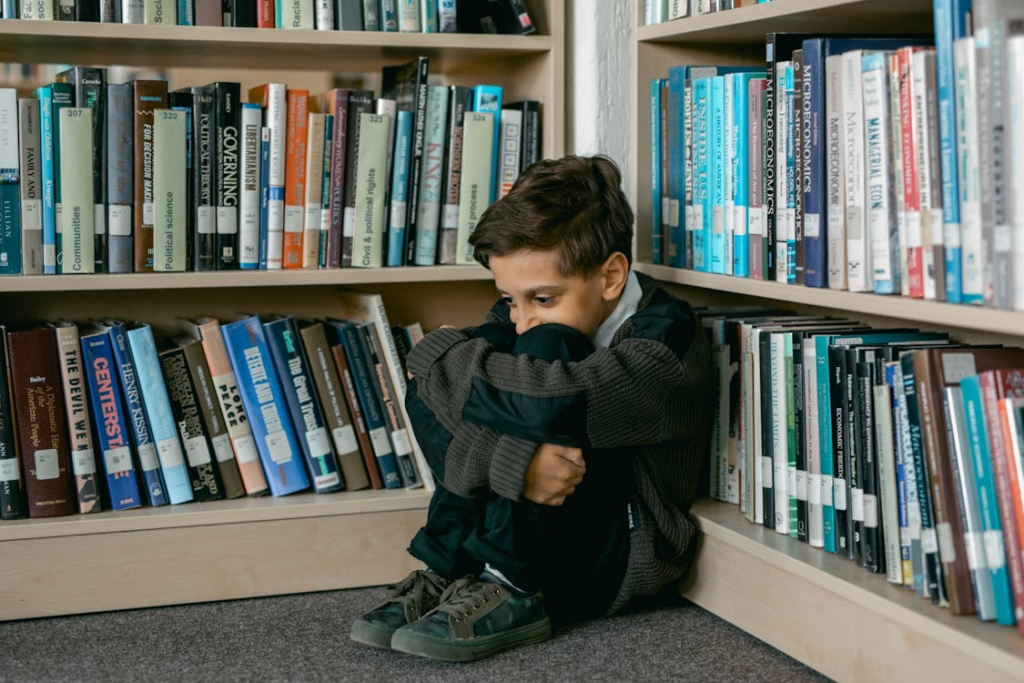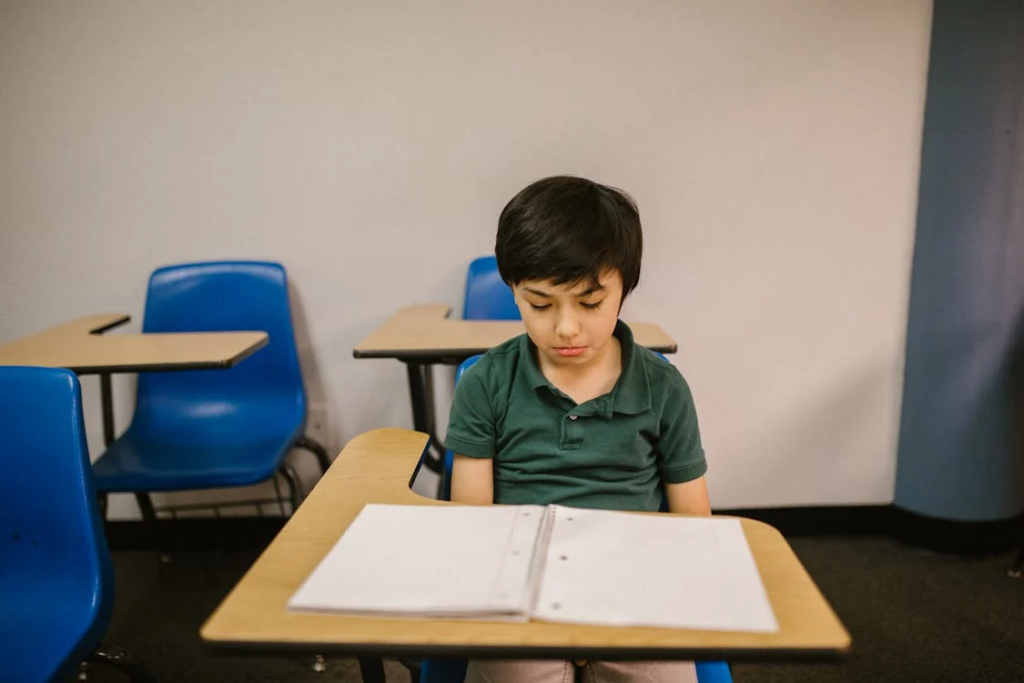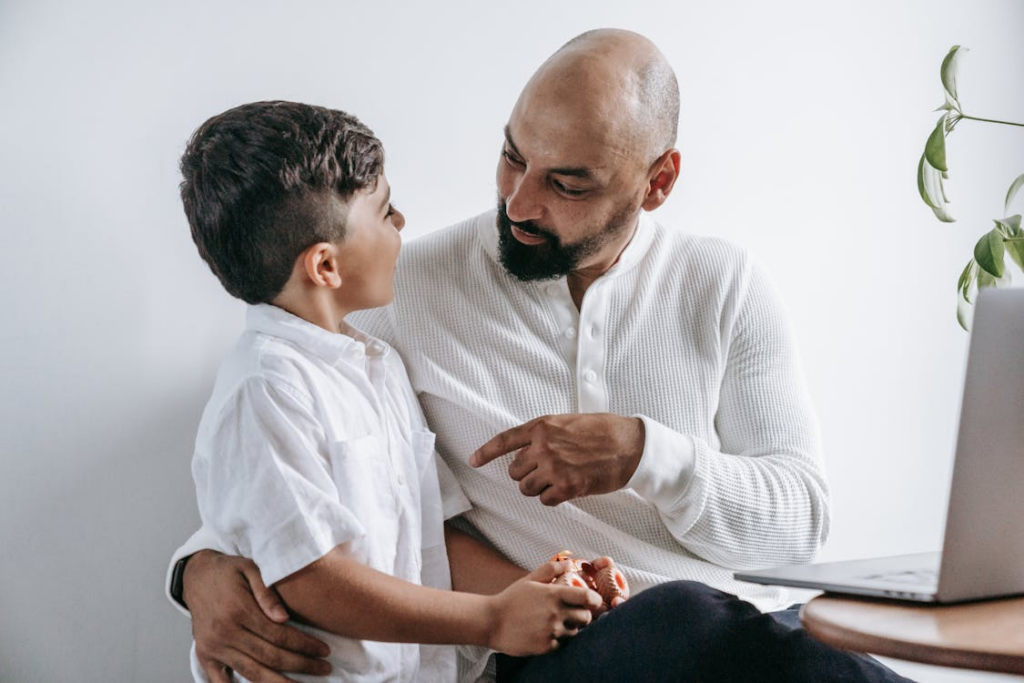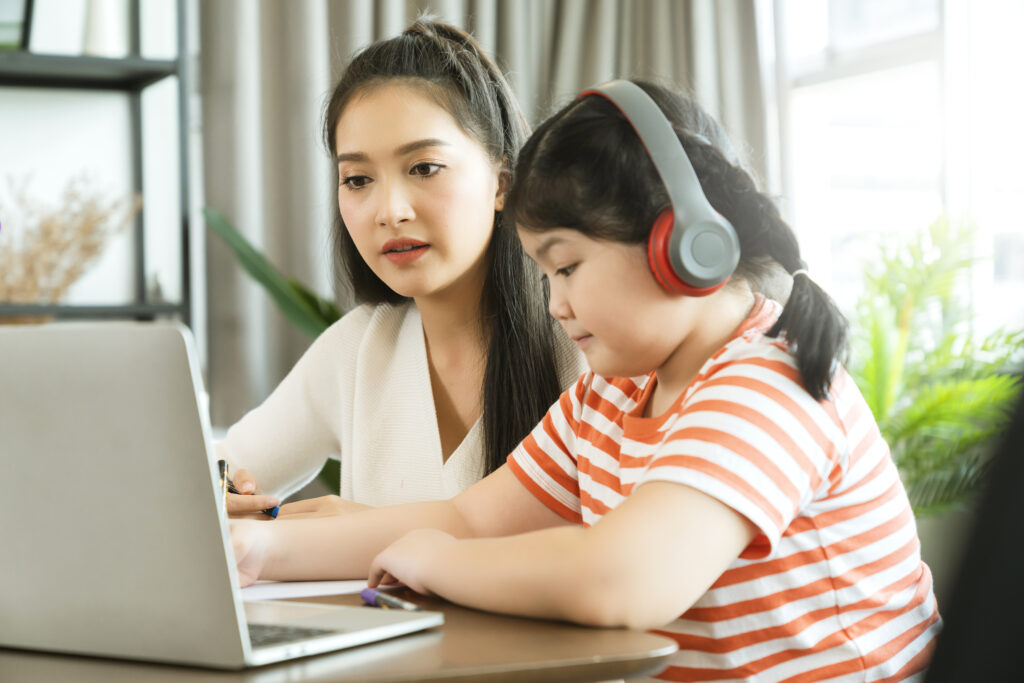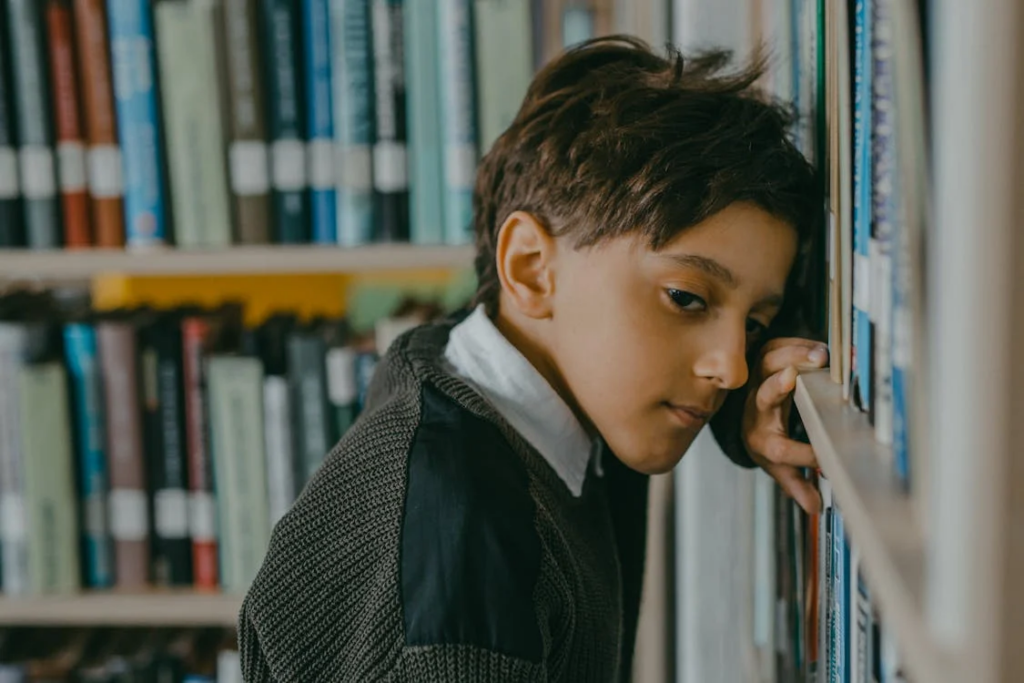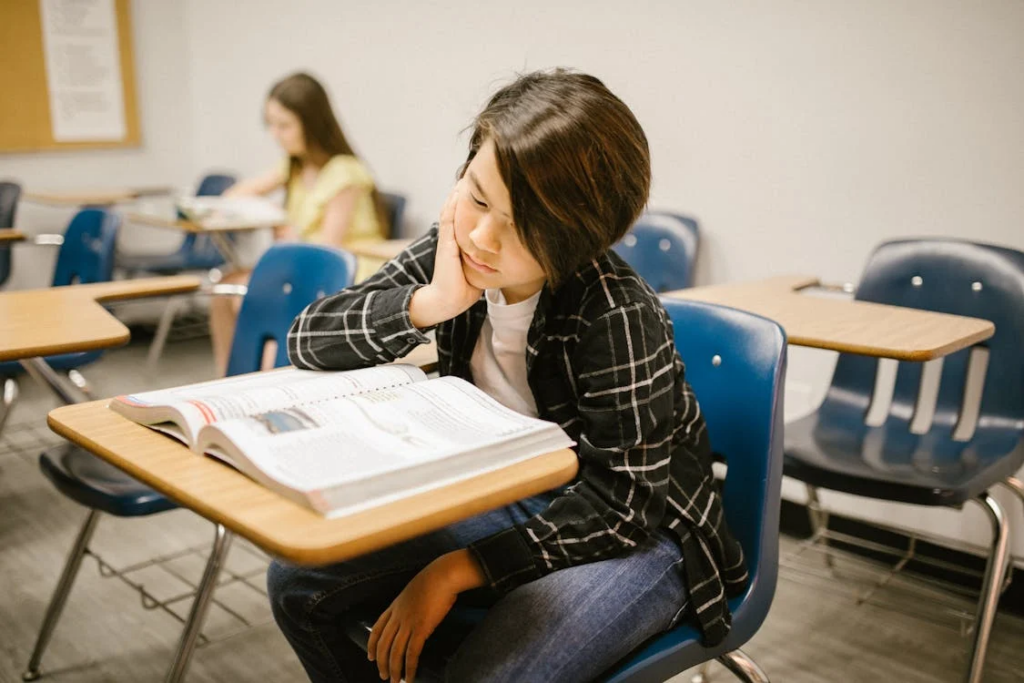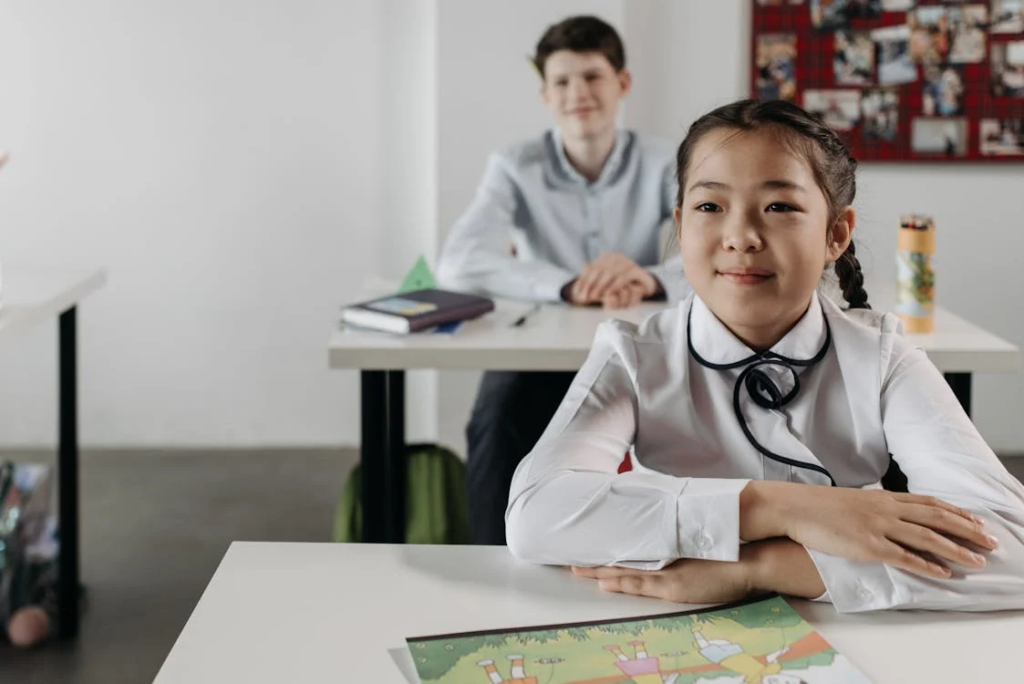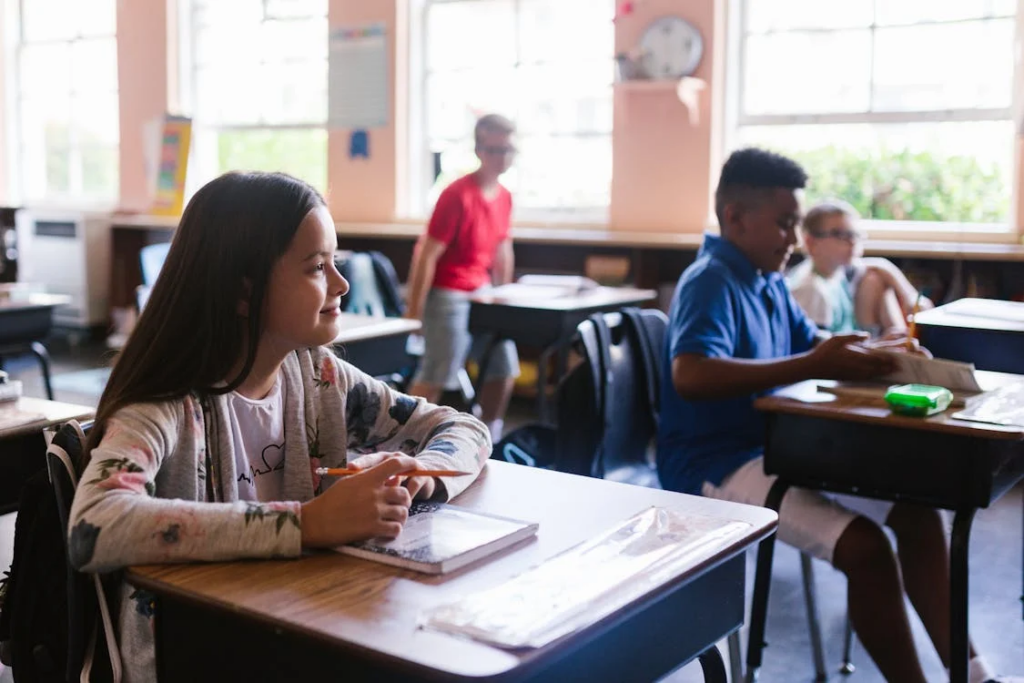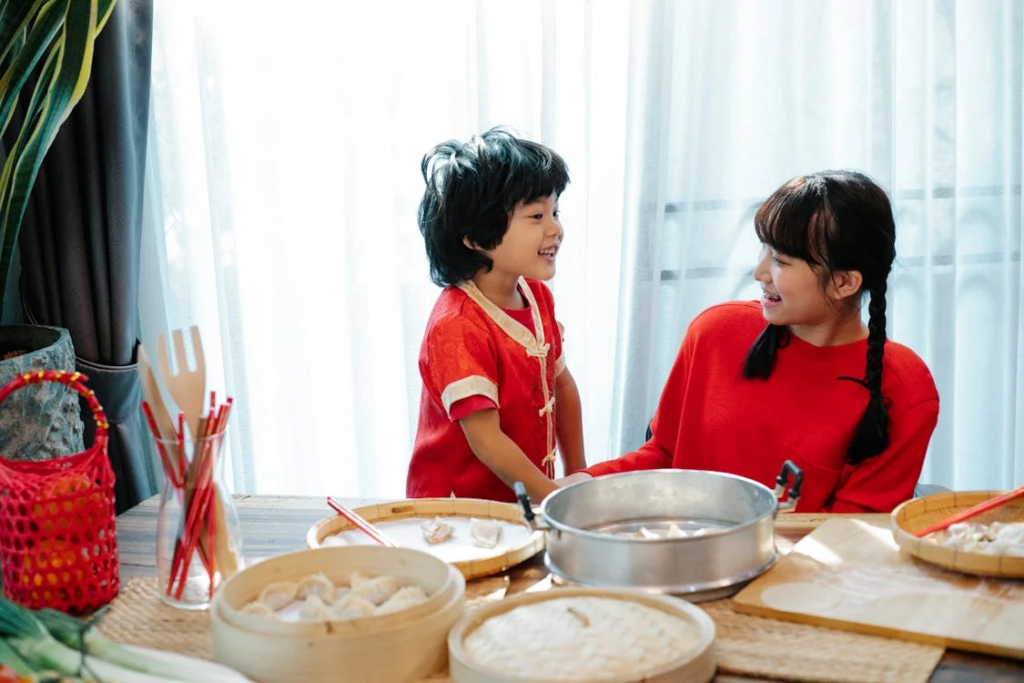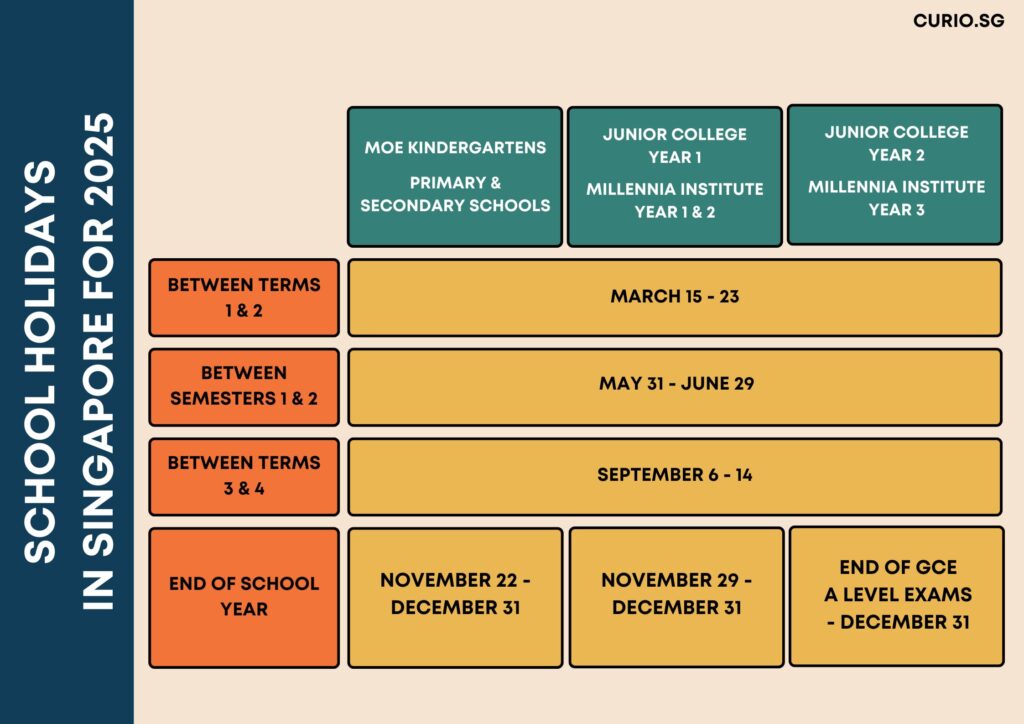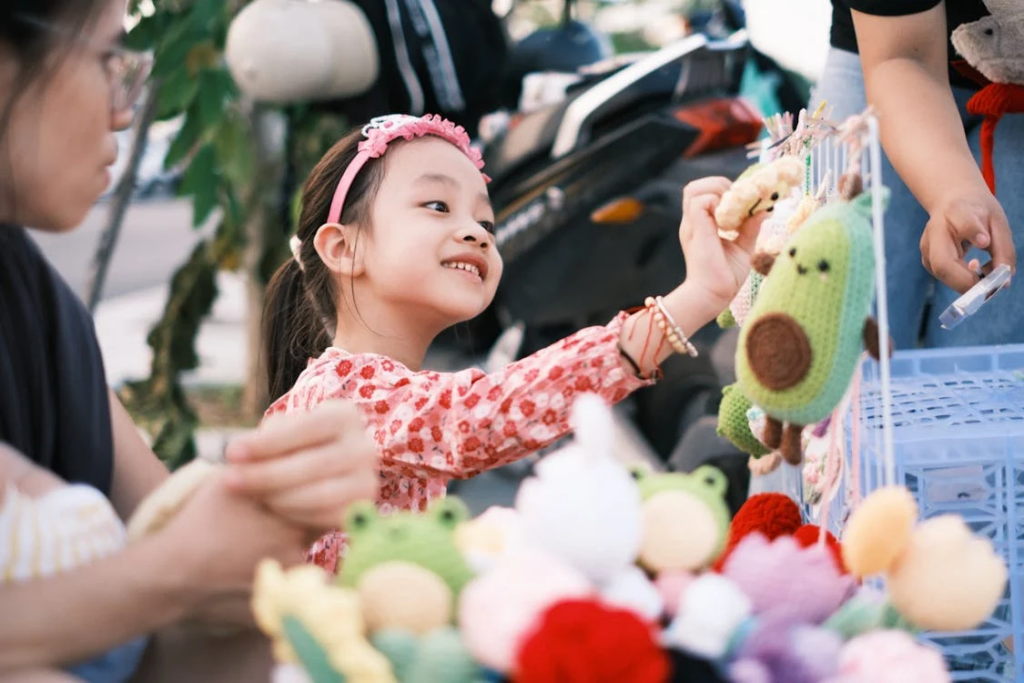“Celebrate Singapore’s 60th birthday by discovering the wonders of science together at Science Centre Singapore.”

Singapore turns 60 this year, and Science Centre Singapore is marking the occasion with fun, hands-on STEM experiences for the whole family. Known for making science exciting and accessible, the Centre is the perfect place to spark curiosity in young minds. They’re offering some great SG60 ticket deals to make your visit even sweeter. These exclusive offers will be available from 1 June to 31 December 2025. Read on to find out more about these promos and how to make the most of your family day out!
New Immersive Films to Catch at the Omni-Theatre

If you haven’t visited the Omni-Theatre lately, now’s the perfect time. As Southeast Asia’s first 8K dome-screen theatre, it offers an unforgettable experience that blends stunning visuals, surround sound, and storytelling, all designed to spark wonder in kids and adults, too!
There are two new educational films now showing:
- Animal Kingdom:
This 40-minute film takes you on a journey through the natural world, following the lives of animal families across every corner of the planet. Soar with birds, buzz along with insects, swim through coral reefs with fish, and explore the world of reptiles and amphibians. Then, join the mammals as they roam the land in all their strength and variety. It’s a visually stunning and engaging introduction to the diversity of life on Earth. - Cities of the Future:
Running for 45 minutes, this thought-provoking film invites viewers to imagine what our world could look like in 50 years. Through vivid storytelling and immersive visuals, it explores smart cities built for sustainability, featuring everything from renewable energy and space-based solar power to self-recycling systems and personal maglev pods. There’s even a glimpse of electric flying vehicles in action. It’s an inspiring peek into the possibilities ahead.
These films strike a great balance between inspiring ideas and engaging storytelling, perfect for sparking curiosity in kids. If you’re planning a visit, make time to catch them while they’re showing!
Enjoy Special Ticket Deals at the Omni-Theatre

The Omni-Theatre has you covered with some great promotions in celebration of Singapore’s 60th birthday. Whether it’s your first time or a return visit, now’s the perfect moment to experience this one-of-a-kind dome-screen theatre without breaking the bank.
- Omni-Theatre Special:
Catch a stunning 3D movie in Southeast Asia’s very first 8K dome theatre for just $6 (U.P. $14). With ultra-clear visuals and wraparound sound, it’s an unforgettable way to learn about the world in a whole new dimension. - Science Centre + Omni-Theatre Bundle:
Why choose one when you can do both? For only $8 (U.P. from $16), this bundle deal gives you access to both the Science Centre and Omni-Theatre, all in one day. It’s a great way to explore science through hands-on exhibits and then sit back for an incredible cinematic journey. - Family Pack:
The Family Pack includes entry for two adults and two children to both the Science Centre and Omni-Theatre for just $24 (U.P. $36). That’s a whole day of learning and fun, all for less than the cost of a regular movie night!
These limited-time promotions offer an easy way to spend meaningful, screen-free time as a family. You’ll get a full day of fun and learning as your children explore hands-on exhibits at the Science Centre and enjoy the immersive visuals at the Omni-Theatre. The experience is designed to spark curiosity and encourage a natural interest in how the world works. These special SG60 offers are open to Singapore Citizens and Permanent Residents only, so don’t miss the chance to enjoy them while they’re available.
Click here to book your ticket and start planning your family’s adventure today!
Let Your Child Step into the Shoes of a Young Scientist

If your child loves asking questions, exploring how things work, or getting hands-on with experiments, the Young Scientist Badge (YSB) Programme is the perfect way to nurture that curiosity. Launched in 1982 by the Science Centre Board, this long-running initiative is designed to spark an interest in STEM (Science, Technology, Engineering, and Mathematics) among primary school students through fun, self-directed learning.
To celebrate Singapore’s 60th birthday, the programme is introducing a special SG60 badge and it’s one your child will want to collect! Simply complete any two Young Scientist badges between January and December 2025, and they’ll earn the limited-edition SG60 badge for free. Bonus: if a badge is completed onsite at the Science Centre, your child will receive a stamp on their stamp card toward this reward.
There are plenty of ways to get involved. Kids can join online courses, attend holiday workshops, follow self-guided activity trails, or take part in guided sessions with instructors. Each completed badge comes with an e-certificate, and the platform offers 365-day access to online content, so learning can happen at their own pace.
The YSB programme encourages kids to explore science beyond the classroom, helping them develop initiative, creativity, and a stronger sense of curiosity about the world around them.
Click here for more details on how badges can be completed and how your child can start their journey toward earning the SG60 badge!
Check out more articles: A Playful Visit to the Museum of Ice Cream with Kids, and 10 Educational Places to Visit in the June School Holidays.



